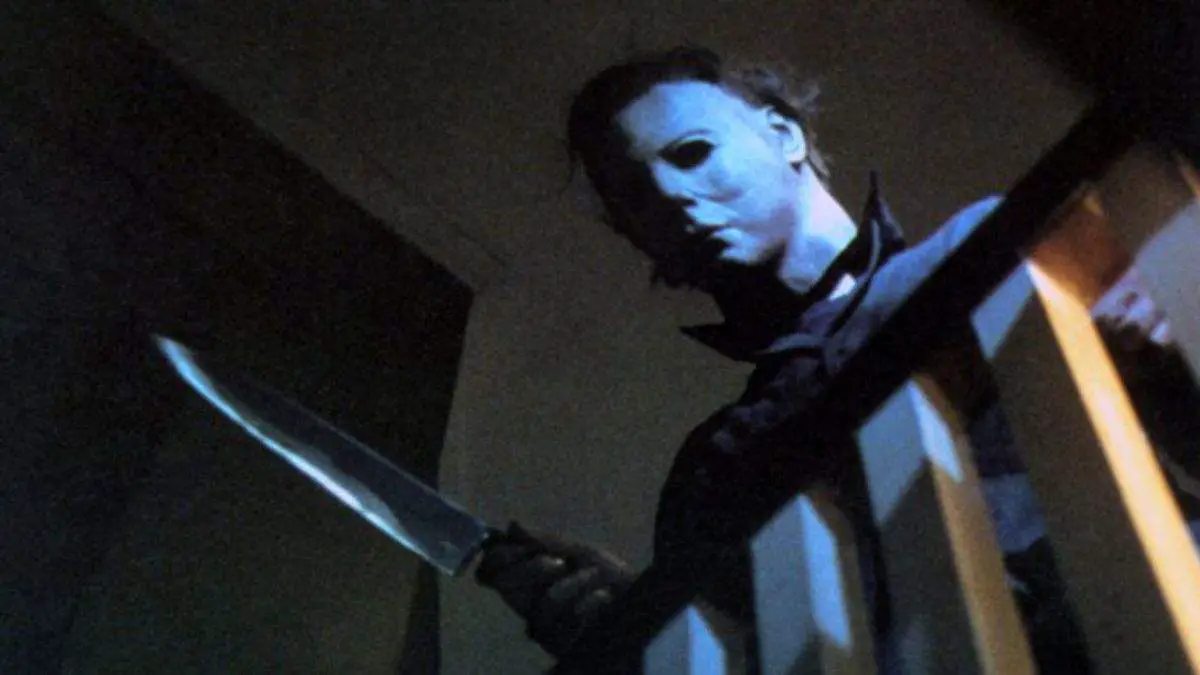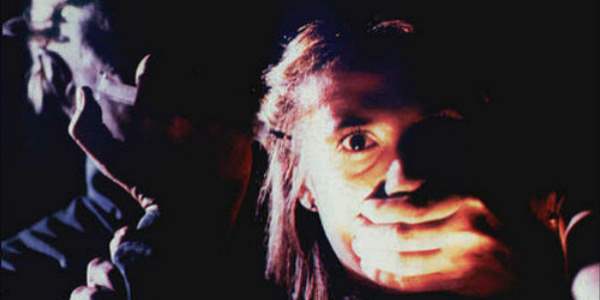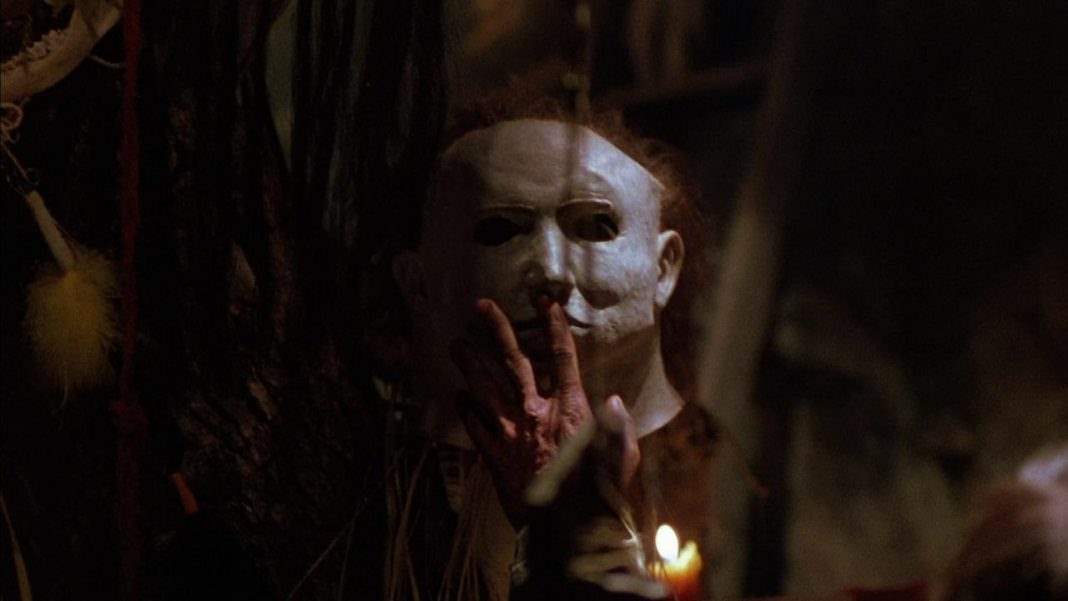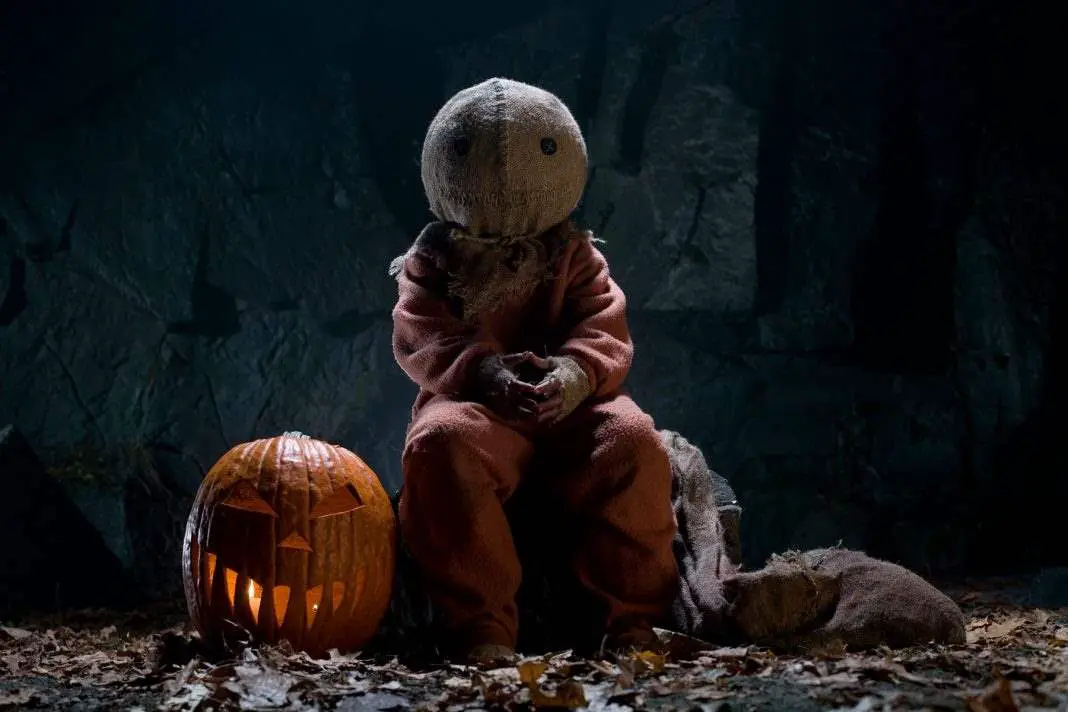The Halloween franchise has seen several novelizations and tie-ins over the years. But the strangest on paper might be the decision to turn Halloween into a Young Adult book series in 1997. When you look at where horror was and what was going on at the time, though, it makes sense. R.L. Stine was the king of horror fiction throughout the ‘90s. There was a huge hunger for horror stories that could be aimed at younger readers, from Goosebumps and Fear Street to Scary Stories to Tell in the Dark.
Tales from the Crypt served as a perfect bridge between the worlds of young adult and adult horror. It was funny enough to appeal to kids, even if the stories were gruesome. The Crypt Keeper received both an animated spin-off and a game show aimed at children because of that popularity. He also hosted a few books geared toward younger readers. Other franchises would get in on this trend as well. Both the Friday the 13th and A Nightmare on Elm Street franchises received young adult book series.
In that regard, Halloween was a natural progression. It wasn’t doing anything that two other major slasher icons hadn’t just done. It was also a smart move to release these novels in 1997, not long before Michael Myers’ triumphant return to theaters in 1998 with Halloween H20.
Like H20, these novels—each by Kelly O’Rourke—strip the franchise back to the basics. The somewhat convoluted Thorn storyline, the focus on Michael’s family connections from the sequels, all of that is gone. And honestly, that’s refreshing. These books almost read like campfire stories. Michael Myers is a local legend, people only know the vague details because their only point of reference on who he is stems from local gossip. These books don’t try to accomplish anything that couldn’t be pulled off in a Halloween movie and their lack of ambition winds up being wildly refreshing.

Luckily, the books are only loosely connected and easy to follow. But like a great slasher, they each revolve around a particular setting. The first centers on a Halloween party, the second around the Myers house itself, and the third takes the action back to Smith’s Grove Sanitarium.
I was lucky enough to get my hands on Halloween: The Old Myers Place (the second book) when it was first released back in 1997—in fact, I got in quite a bit of trouble for doing a book report on it in the second or third grade. Like I mentioned about all three books, the plot is simple. Mary has just moved to Haddonfield, and she’s just moved into the Myers house. This house has a history she was completely unaware of until she moved there, and now she has to worry about fitting in while also dealing with the fact that she sleeps in Judith Myers’ bedroom.
This was a young adult novel in the ‘90s, and there’s plenty of teen romance stuff at the center of it. I’m sure that’s enough to throw people off, because Kelly O’Rourke really does lay it on thick, but I think the Dawson’s Creek of it all adds a kind of charm, even a believable element to the teenage characters, as tongue-in-cheek as these representations can be.
 Mary’s trying to be popular, she doesn’t want to be seen as the freak living in the serial killer’s house. She had a brief summer fling with Jeff, a guy from the poor side of town who helped fix up her house, but now she’s caught the eye of the high school quarterback. She tries to avoid eye contact with her goth cousin Shannon, who she used to be friends with in her own goth days, and who now hates Mary and sees her as a sell-out.
Mary’s trying to be popular, she doesn’t want to be seen as the freak living in the serial killer’s house. She had a brief summer fling with Jeff, a guy from the poor side of town who helped fix up her house, but now she’s caught the eye of the high school quarterback. She tries to avoid eye contact with her goth cousin Shannon, who she used to be friends with in her own goth days, and who now hates Mary and sees her as a sell-out.
Like I said, she lays it on thick. But one of the things I love about these novels is the fact that I think they’re still the only entries in the Halloween cannon to dig deep into what it’s like to be a teenager in Haddonfield. All of these kids have to live with the stigma of this crime over their heads and that’s legitimately interesting, in its own way. The Old Myers place is a teen book through and through, but when Michael Myers shows up, he shows up.
The thing that still stuns me about these novels, going back and reading them now, is that they do not hold back when it comes to the gore. For a young adult series, I cannot believe what they got away with. There’s a murder that occurs in a graveyard in The Old Myers Place that made me put the book down when I read it as a kid and still makes me squirm a bit, even now.
The Mad House, the third book, is one I came to much later when I happened to stumble across it for a reasonable price. I definitely don’t regret buying it. This one’s kind of surprising for several reasons, the biggest being that it’s basically a found-footage Halloween long before that concept would ever be rumored—or vaguely attempted in Halloween: Resurrection. To try a story like that A, in the ‘90s and B, in novel form, is astoundingly bold in its own right.
Did You Know? Wicked Horror TV Has Classic and Independent Horror Films Available to Stream for Free!
 This one follows a male protagonist and his friends who sneak into the abandoned facility to try and record some of the supposed paranormal activity on film. They hope to make contact with either the spirit of the supposedly dead Michael Myers or one of the more malicious doctors on staff, who supposedly tortured Michael as a child when he was a patient at the facility. That’s right, there’s a lot of forgotten backstory in this novel that fans will either be intrigued by or absolutely hate. If this were a movie, it would probably be boycotted for that reason alone.
This one follows a male protagonist and his friends who sneak into the abandoned facility to try and record some of the supposed paranormal activity on film. They hope to make contact with either the spirit of the supposedly dead Michael Myers or one of the more malicious doctors on staff, who supposedly tortured Michael as a child when he was a patient at the facility. That’s right, there’s a lot of forgotten backstory in this novel that fans will either be intrigued by or absolutely hate. If this were a movie, it would probably be boycotted for that reason alone.
On its own, this is a neat take. A side story within the franchise. It’s cool to think that maybe as much as Loomis tried to reach Michael while he was a young patient, there was another doctor—one who reads very much like Channard of Hellraiser II—who had different plans for the boy altogether. Like the best stories within this franchise, it provides a glimpse at a point in Michael’s early life without ever actually providing an explanation. None of this explains what made Michael Myers into whatever he really is, it’s just another glimpse of what might have gone on during the fifteen-years he spent at Smith’s Grove.
In another interesting twist, The Mad House is the rare Halloween story to provide Michael with a new look. Because he was burned at the end of The Old Myers Place (spoiler alert) the mask is now burned onto his face. Come to think of it, I guess that’s aspect Resurrection would borrow for its ending.
These novels might be Halloween stories told through the lens of ‘90s teen fiction, but they’re Halloween stories nonetheless. Through and through, they feel like the franchise. If the series ever went straight-to-video or made-for-TV, these feel like the best-case scenario for whatever they could end up being. I know that sounds terrible, but it’s somehow endearing. More than anything, these books are probably exactly what you think they are, if not much gorier. These novels are Halloween by way of Fear Street. They are definitely not for everyone. But as a young, Michael Myers-obsessed fan, they were absolutely for me.







